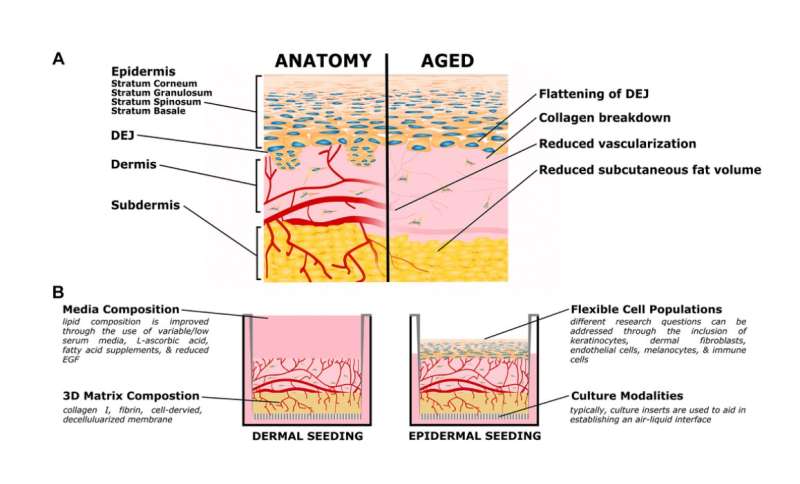
Aging remains a primary risk factor for a host of diseases, including leading causes of death. Aging and associated diseases are inherently multifactorial, with numerous contributing factors and phenotypes at the molecular, cellular, tissue, and organismal scales. Despite the complexity of aging phenomena, models currently used in aging research possess limitations.
Frequently used in vivo models often have important physiological differences, age at different rates, or are genetically engineered to match late disease phenotypes rather than early causes. Conversely, routinely used in vitro models lack the complex tissue-scale and systemic cues that are disrupted in aging.
To fill in gaps between in vivo and traditional in vitro models, researchers have increasingly been turning to organotypic models, which provide increased physiological relevance with the accessibility and control of in vitro context. While powerful tools, the development of these models is a field of its own, and many aging researchers may be unaware of recent progress in organotypic models, or hesitant to include these models in their own work.
In a new review, researchers from Martina M. Sanchez, Isabella A. Bagdasarian, William Darch, and Joshua T. Morgan from University of California, Riverside described recent progress in tissue engineering applied to organotypic models while highlighting examples explicitly linked to aging and associated disease, as well as examples of models that are relevant to aging.
“We specifically highlight progress made in skin, gut, and skeletal muscle, and describe how recently demonstrated models have been used for aging studies or similar phenotypes,” state the authors.
Throughout, this review emphasizes the accessibility of these models and aims to provide a resource for researchers seeking to leverage these powerful tools.
Source: Read Full Article
